A home is not a home without proper furnishing and decorations. In fact, it would just look like a structure having no charm or feeling of personal belonging. A universally accepted truth is that almost all human beings, despite having different political and geographical boundaries, love to decorate their homes, mansions, and apartments, made of concrete, wood or other materials with objects and items of art and craft. Of course, you know about scores of decorative items for your homes, offices, or other places you own but the elegance of interiors increases manifolds with Persian rugs and their beauty is really unmatched.
Persian rugs, renowned all across the world as Iranian carpets, have their origin in Iran, previously known as Persia.
Literally, the Persian rug means the rug made in Iran.
How Persian Rugs are Made
Persian rugs are hand-knotted or hand-weaved and usually made with natural wool/silk and a vast range of vegetable dyes.
If compared with other types of rugs, far superior quality wool is used to craft the Persian rugs. The quality of wool of Persian rugs is much better than the wool available in the market. Also, Persian rugs use the best quality of vegetable dyes. In most other rugs, chemical dyes are widely used that are not very durable. The high-quality Persian carpets made of wool and silk, and quality vegetable dyes have durability of over 100 years (and even more).
Persian rugs are widely popular for their spectacular collection of colors, a variety of attractive artistic patterns, and high-quality design. Besides the bungalows of rich people, the Oriental rugs can be seen in magnificent palaces, popular buildings, mansions, and museums around the world.
The exquisite art of Persian rugs has a very old traditional history continuing for the past many centuries and its grace is enduring. With the changing times and invention of new technologies, the artistic details of Persian rugs have very much improved, but the traditional essence is well preserved and maintained by the weavers. One can easily experience and feel the unmatched artistic skills accompanied with invigorating aroma of nostalgia while using these Persian rugs or Oriental rugs. These pieces of art have a charm and uniqueness of their own.
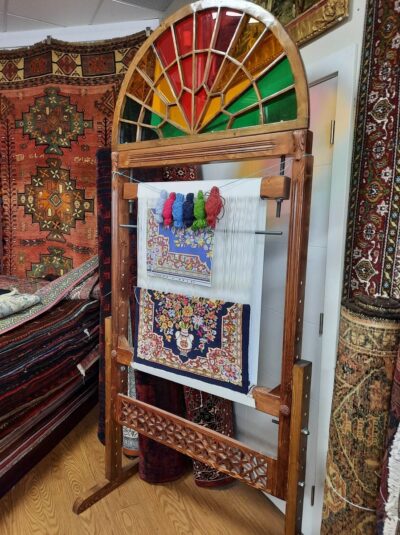
Since its origin till date, the quality of craftsmanship and skills of the artists (craftsmen) involved in weaving Oriental rugs have naturally transferred from one generation to another generation over the centuries.
Be it the peace in Iran, invasion from other countries, or war situations, the handweavers of Iran never said adieu to their traditional art of weaving the carpets or rugs called by different names in different times. The international trade of Persian rugs developed and the art form and rugs gradually made its special place in the global carpet business and home decoration materials. It’s praiseworthy of the skilled craftsmen and weavers of Iran to carry the legacy of their ancestors and maintain the same ethos of weaving the carpets for ages without fail. Quite interestingly, each of the artistically hand-knotted Persian rugs or carpets describes its own unique legend. Whatever the name you use to refer to these rugs, the feel of its exquisiteness remains the same.
If you are planning to invest in Persian rugs, you should first check the kind of range available out there. Gorgeous Rugs in Edmonton is an ideal rug store where you will be able to find a wide variety of exquisitely crafted Persian rugs, area rugs, Oriental rugs, wool rugs, silk rugs, etc. Their large inventory is packed with top-quality and stylish rugs and carpets to suit every budget.
History of Persian Rugs
As mentioned earlier, each and every Persian Rug narrates its own individual and impressive tale. The historical reference of this age-old traditional art form of Iran goes back many centuries.
The references about Persian Rugs are found in ancient scriptures of Iran and many other supporting documents. They say that the art of weaving carpets by hand originated over 2,500 years ago in the Persian empire. In the earlier days, Persian rugs and carpets were woven as an essential item by nomadic tribes for covering their floors to safeguard themselves from extreme cold, dampness, and changing weather conditions. The nomads used to make the carpets by using high-quality and long-lasting wool from their herds of sheep and goats.
The first credit of introducing the art of carpet making into Persia has been given to Cyrus the Great who had conquered Babylon in 539 BC. Archeological and historical references said that the Tomb of Cyrus located at Pasargadae adjacent to Persepolis was having the precious Persian rugs or carpets. In recent times i.e. in the year 1949 a team of Archaeologists from Russia with their efforts discovered the oldest known carpet in Siberia from the Pazyryk Valley of the Altai Mountains. Based on the discovery it was said that the Pazyryk carpet dates back to the 5th Century BC and it is a wonderful example of the artistic skills that had existed, grown, and advanced over the centuries. The Pazyryk carpet claimed to have survived for more than two millenniums in the fully frozen tombs of Scythian nobles and is now showcased at the Hermitage Museum of Leningrad in St. Petersburg.
However, the first documented evidence about the existence of Persian carpets is found in Chinese scriptures of the Sassanid Dynasty dating back to 224-641 AD. As per the text, the Emperor Heraclius brought various types of carpets after conquering Ctesiphon, the capital of Sassanian in 628 AD. Further in 637 AD the Arab Caliphates also took control over Ctesiphon and brought back the carpets including the famous garden carpet named as the ‘Springtime of Khosro’. It is said that the enormous carpet weighing in many tonnes was crafted during the reign of the ruler Khosro(ruling period 531-579 AD), which measured about 400 feet x 100 feet.
The history of Persian carpets proceeded ahead from the Arabs to a Turkish tribe named as Seljok (1038-1194 AD) who conquered Persia. The women of the Seljuk dynasty were quite skilled in carpet making and they included the technique of Turkish knots while weaving the carpets.
Quite interestingly the Turkish knot technique is still used in Persian rug making. Further the Mongol (1220-1449 AD) conquered and took control over Persia and they ruled for over 200 years. It was the Mongol Ruler (between 1409-1446) Shah Rokh who made a significant contribution in encouraging artistic activities including carpet making. With the onset of the 16th century during the Safavid Dynasty regime, the Persian rug making reached its epitome. With every passing century the Persian carpet making industry has grown by leaps and bounds, and today this craftsmanship is one of the most popular handicrafts in Iran.
It is worth mentioning that in the year 2010, UNESCO recognized the Persian rugs and listed the ‘traditional skills of carpet weaving’ in Fars Province and Kashanin its Intangible Cultural Heritage List.
Where to Buy Persian Rugs
Identifying an original Persian Rug is not always easy as rugs made with low-quality materials are sold by many merchants. Such rugs have a very short life span and their color starts to fade gradually over time.
To buy original carpets and rugs, you should always visit a well-reputed showroom or online store. At the Gorgeous Rugs, you will find an extensive collection of authentic, high-quality Persian, Oriental, and several other types of rugs. Whether you are looking for modern or traditional designs, the rug store caters to all tastes and offers superior quality products at competitive prices.
How to Clean the Persian Rug
Like any other decorative items, the Persian rugs or Oriental rugs need maintenance and time-to-time cleaning for longer durability.
By following some routine cleaning steps, you can easily maintain the Persian rug for a longer period of time. However, you need to know the cleaning techniques and follow them in a proper manner. Except few of the extremely delicate Persian rugs or Oriental rugs, almost all types of rugs can be cleaned by following a few simple steps. Some of the basic tools required for rug cleaning include shampoo or gentle shampoo or mild dish soap, a plastic bucket, soft sponge or very soft-bristle brush, clean water, rubber gloves, garden hose and wet-dry vacuum. However, it’s highly recommended not to clean Persian rugs at home, unless you are completely familiar with the process.
Here are the key steps that you should follow to properly clean Persian Rugs and maintain their original quality for decades.
- First, remove the visual dirt and debris from the Persian rug by using a simple vacuum cleaner on both sides of the carpet. Ensure that all dirt and debris is removed from the carpet. In case you have pet animals, do use the brush to delicately remove the stray hairs on the rug.
- As per the guidelines given on the bottle of the cleaning shampoo, mix the solution with water in a bucket. You can also use a mild detergent with cold water for cleaning purposes. However, always remember th
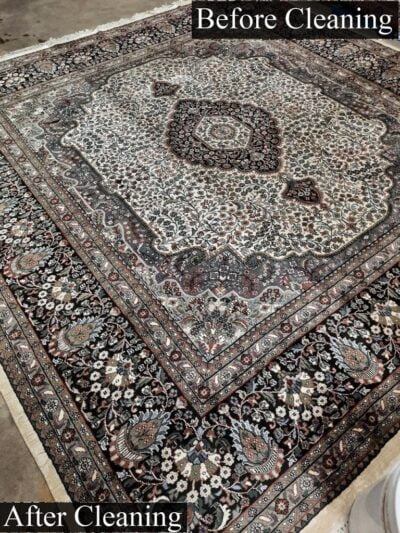 at hot water can cause color-run of the rug or it can shrink. So, always remember to do proper testing before getting started with the rug cleaning process.
at hot water can cause color-run of the rug or it can shrink. So, always remember to do proper testing before getting started with the rug cleaning process. - It is advised to do a color testing on the Persian rug in order to avoid any damage. Better to do a quick testing of the color of the rug by using the solution on a small part at the back of the rug. If the color of the part of the rug doesn’t change or fade, then you can go ahead with your rug cleaning.
- With the help of a soft-sponge or brush, you can wash the rug with a cleaning solution. Leave the cleaning solution to settle on the rug for a few minutes before rinsing.
- Rinse the rug carefully by using a garden hose or clean water to soap out the cleaner. Once the cleaning solution gets out of the rug and runoff water looks clean and clear you can stop the rinsing process.
- Further, remove the excess water soaked by the rug so that it can dry. A wet-dry vacuum cleaner can be used to dry the rug. Leave the rug for a few hours or a couple of days in a flat position to dry completely. High-speed fans can also be used for drying purposes. Once one side of the rug is dry, turn it and let the other side dry. Always ensure that your rug is fully dry from both sides before you fix it back into the room.
How to Repair Rugs
If your rug is damaged due to improper maintenance or any other reason, it needs to be repaired. Rug Repair seems a daunting job but it can be carried out by following certain basic repairing measures.
Whether it is Persian rug, Silk rug or wool rug or simple polyester rug, all these products can be repaired and brought back to their original exquisite condition. Since the rugs are very costly and sophisticated items, the rug repair should be carried out by experts and skilled professionals. If you see any signs of wear and tear on your Persian or Oriental rugs, get in touch with an experienced professional or rug specialist to get timely repair and avoid further damage.
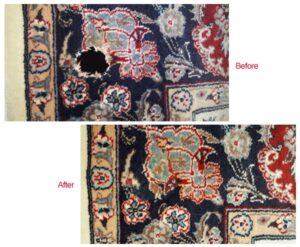
Looking for a Rug Store to Buy Authentic Persian Rugs?
Gorgeous Rugs is a perfect place where you will find one of the broadest collections of a wide variety of high-quality and stylish rugs. Our rug shop offers Persian rugs, silk rugs, wool rugs, Oriental rugs, etc. Furthermore, we provide rug cleaning and also, rug repair services for damages such as fringes, main pile, color running, moth damage, etc. To buy or repair rugs, you can give our office a phone call.
We proudly serve clients in areas including Edmonton, St. Albert, Sherwood Park, and the surrounding areas.

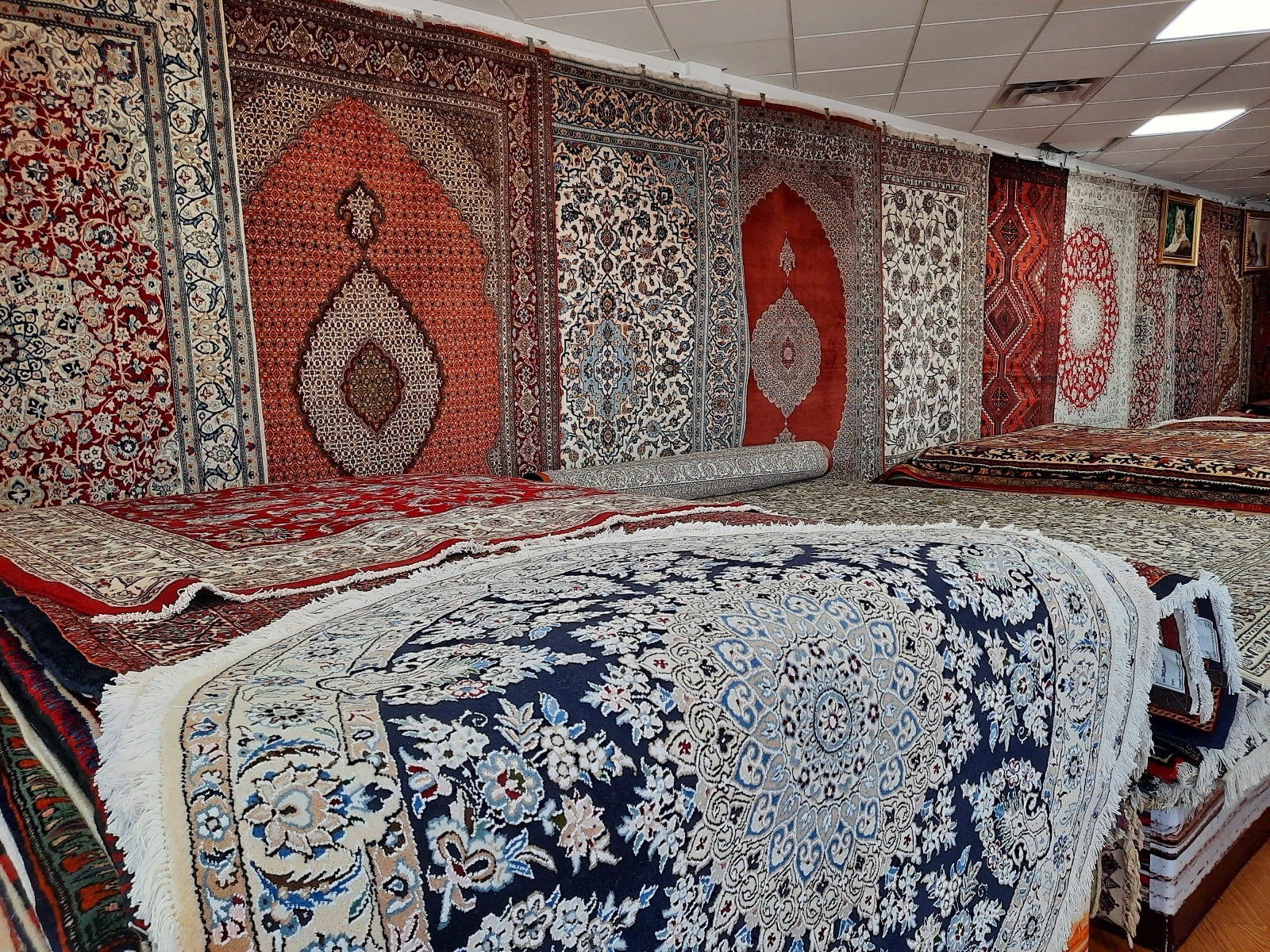

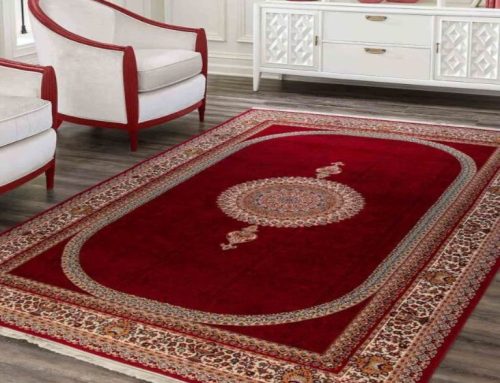
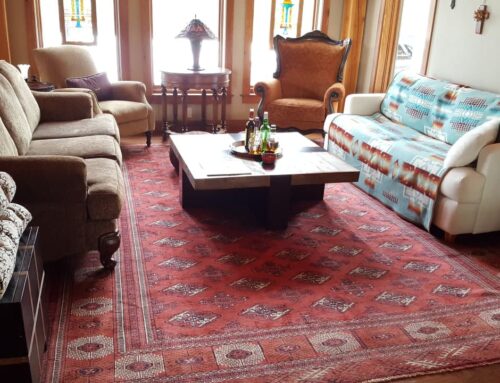
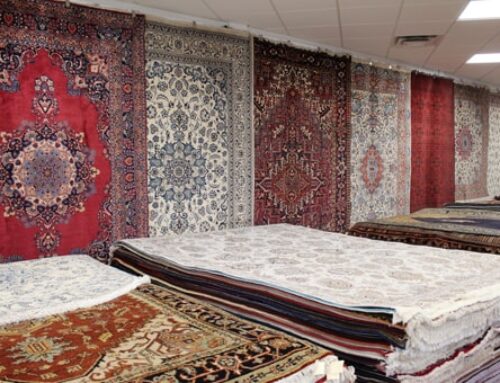
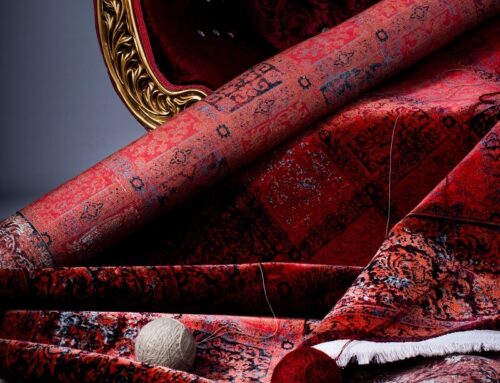
This really answered my problem, thank you!